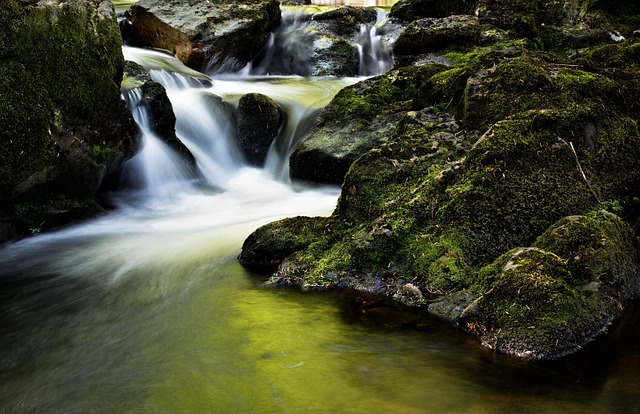Crawl space water damage in Texas Hill Country due to climate fosters mold growth. Solutions include identifying and fixing water intrusion, using drainage methods like French drains, sealing cracks, regular monitoring for moisture, and early mold remediation after floods. Preventative measures involve sealing gaps, installing vapor barriers, dehumidifiers, regular inspections, filter checks, drain cleaning, and humidistat control for optimal humidity levels to avoid water damage.
In the wake of devastating floods, homeowners in the Texas Hill Country face a unique challenge: crawl space water damage. This guide offers comprehensive support for navigating post-flood mold remediation and provides essential strategies to prevent future issues. Understanding the specific intricacies of crawl space water damage in this region is crucial for effective solutions. Discover proven steps for efficient cleanup and long-term protection, ensuring your home remains a safe haven after natural disasters.
- Understanding Crawl Space Water Damage in Texas Hill Country
- Steps for Efficient Mold Remediation After Flooding
- Effective Solutions to Prevent Future Crawl Space Water Damage
Understanding Crawl Space Water Damage in Texas Hill Country

In the Texas Hill Country, crawl space water damage is a common concern due to the region’s unique geography and climate. These spaces, often overlooked, can become breeding grounds for mold and provide a perfect environment for wood-destroying organisms to thrive. Understanding how water enters and accumulates in these areas is crucial for effective remediation. Many factors contribute to crawl space moisture issues, including heavy rainfall events common in this area, inadequate drainage systems, or structural problems that compromise the barrier between the home and the soil.
Crawl space water damage solutions require a comprehensive approach. Homeowners should first assess the source of water intrusion and implement proper drainage techniques, such as installing a French drain or sump pump system. Sealing cracks and gaps in the crawl space floor and walls is another vital step to prevent future moisture entry. Regular monitoring and maintenance are key; checking for any signs of water accumulation or mold growth will help catch potential issues early, ensuring a healthier home environment.
Steps for Efficient Mold Remediation After Flooding

After a flood, efficient mold remediation is crucial for both structural integrity and occupant health. The first step involves assessing the extent of water damage. This includes crawling spaces, which are common vulnerable areas in homes due to their proximity to the ground and potential for persistent moisture. Once the damage is assessed, it’s important to dry out the affected areas promptly using fans and dehumidifiers.
Next, remove any porous materials that have absorbed water, such as drywall or insulation, as they can serve as breeding grounds for mold. It’s essential to clean and disinfect surfaces with a solution effective against mold growth. For crawl spaces, consider implementing long-term solutions like improving ventilation, addressing leaks, and installing dehumidifiers to maintain optimal humidity levels. These steps are vital in the Texas Hill Country where crawl space water damage solutions are frequently required due to the region’s unique climate and frequent rainfall events.
Effective Solutions to Prevent Future Crawl Space Water Damage

In the Texas Hill Country, preventing crawl space water damage is paramount for homeowners due to the region’s unique climate and frequent rainfall. An effective strategy involves addressing potential entry points for water. This includes sealing any cracks or gaps around pipes, wires, and vents that could allow moisture infiltration. Installing a vapor barrier on the floor of the crawl space also acts as a protective layer against rising humidity.
Additionally, investing in a high-quality dehumidifier is crucial. These devices control humidity levels, preventing excessive moisture buildup. Regular inspection and maintenance are key; ensure the system operates efficiently by checking filters and cleaning drains. Moreover, consider installing a humidistat to maintain optimal humidity levels, providing an extra layer of defense against crawl space water damage in this region.
After facing the challenges of flood damage and its subsequent mold growth, it’s crucial to understand and implement effective crawl space water damage solutions in the Texas Hill Country. By following the steps outlined for efficient mold remediation and adopting preventive measures, homeowners can ensure a healthier and safer environment. Remember that prompt action is key, as proper cleanup and restoration techniques can mitigate potential health risks associated with mold. With these strategies in place, residents can better protect their homes from future water damage and its costly consequences.
